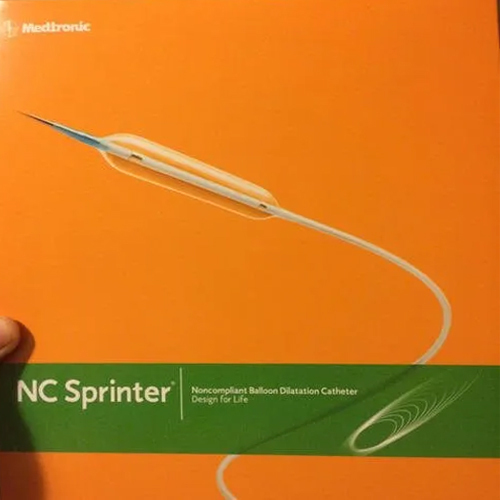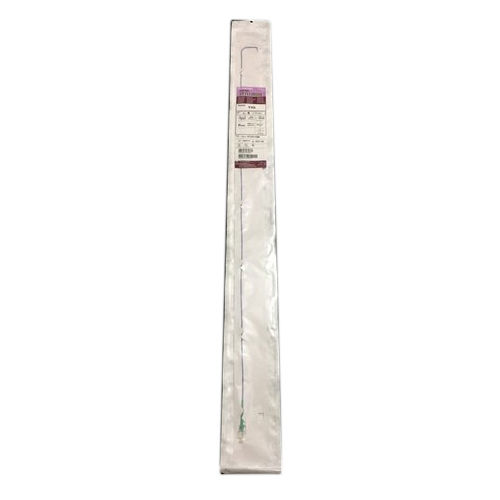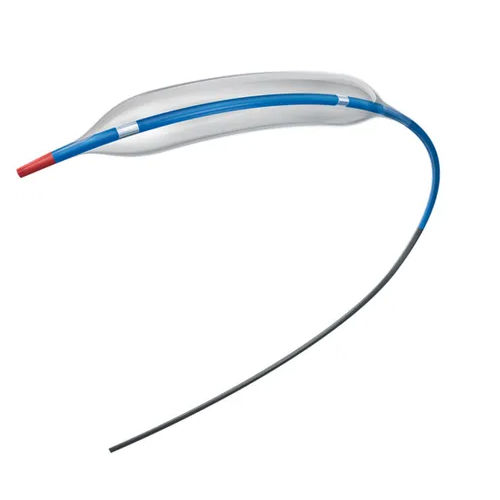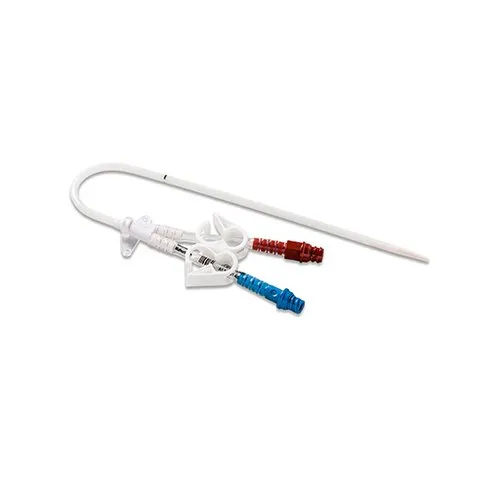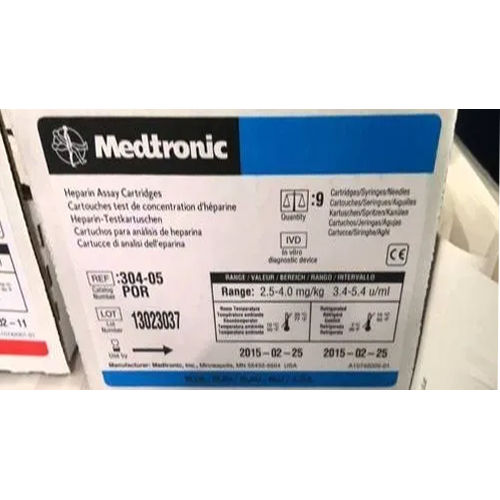NC Sprinter Balloon Dilatation Catheter
Product Details:
- Equipment Type Sprinter Balloon Dilatation Catheter
- Material Other
- Condition New
- Use Hospital
- Color White
- Click to View more
NC Sprinter Balloon Dilatation Catheter Price And Quantity
- 4700 INR/Piece
- 50 Piece
NC Sprinter Balloon Dilatation Catheter Product Specifications
- New
- Other
- Hospital
- White
- Sprinter Balloon Dilatation Catheter
NC Sprinter Balloon Dilatation Catheter Trade Information
- 10000 Piece Per Week
- 4 Days
- All India
Product Description
NC Sprinter Balloon Dilatation Catheter is used an essential part of interventional radiology. This catheter is required to treat stenosis, pbstructions, aneurysms and thrombosis. After its insertion through the femoral artery, its balloon ( located at the tip of the catheter) is inflated in order to dilate the blood vessel. After dilation of the blood vessel, the catheter is removed. Due to its low pressure balloon design, insertion of this catheter causes minimal pain. Design of its low friction shaft also prevents discomfort and promotes ease of its tracking.
Product details
|
Size |
Medium |
|
Material |
Silicon |
|
Shape |
Straight-Single |
|
Disposables |
Yes |
|
Type |
Angiographic |
Frequently Asked Questions
Q: The NC Sprinter Balloon Dilatation Catheter is what it sounds like?
Q: What is the procedure for using the NC Sprinter Balloon Dilatation Catheter?
A: A balloon that can be inflated with sterile fluids is part of the catheter's tip. The balloon is inflated after being put into the target artery to compress the plaque or obstruction, expanding the artery and enhancing blood flow.
Q: What ailments can the NC Sprinter Balloon Dilatation Catheter be used to treat?
Q: The NC Sprinter Balloon Dilatation Catheter is placed in what manner?
A: A guiding catheter that is put into the target artery under fluoroscopic guidance usually serves as the catheter's entry point. The balloon is placed, then inflated and deflated as necessary.
Q: Is local or general anaesthesia used for the procedure?
A: The difficulty of the procedure and the patient's general condition are two criteria that influence the choice of anaesthesia. Local anaesthesia combined with conscious sedation may be sufficient in some circumstances, but general anaesthesia may be required in others.

